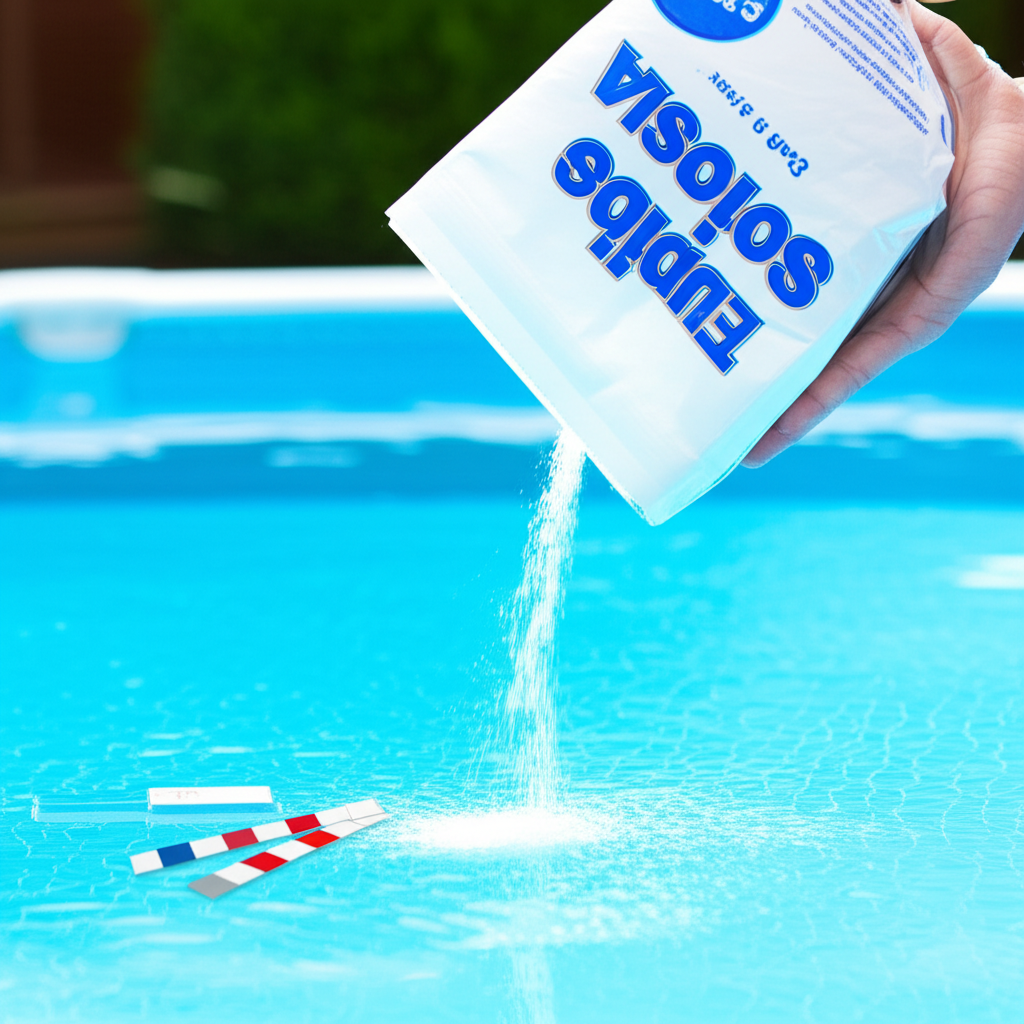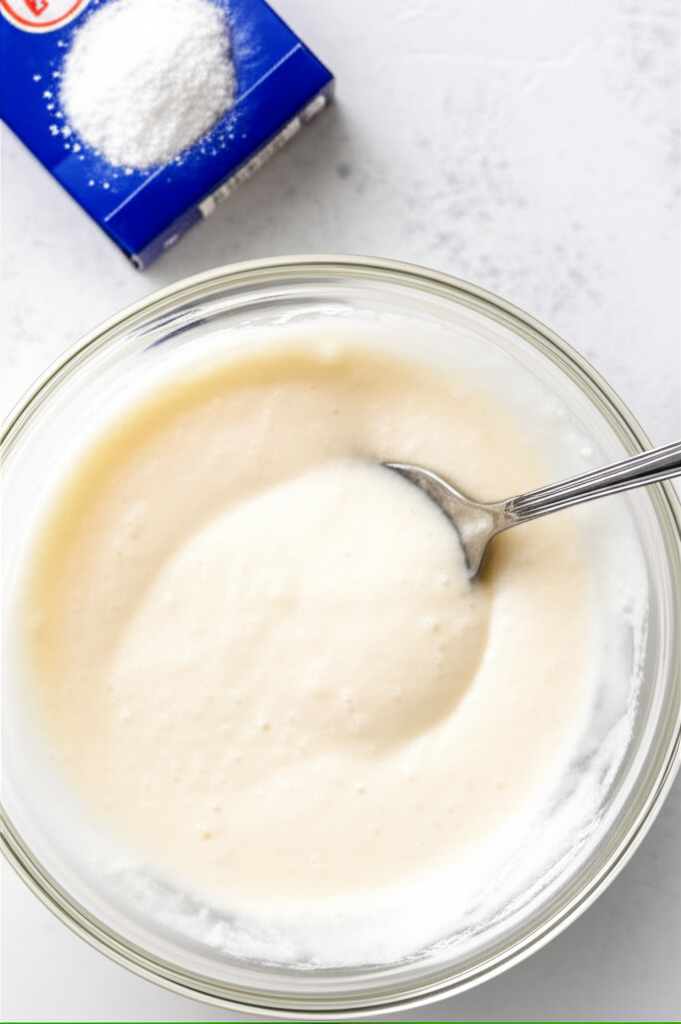- The Science Behind Acidity Adjustment: How Baking Soda Elevates Balance
- Why Acidity Adjustment is Key: When to Consider Raising TA
Raising TA: In many culinary, winemaking, and even household applications, achieving the right acidity balance—often measured by pH and Titratable Acidity (TA)—is paramount. When a product is excessively acidic, overly tart, or simply out of balance, the goal often becomes to temper that sharpness and bring its characteristics to a higher, more mellow, and desirable state. This pursuit of a less aggressive, more harmonious profile is frequently what individuals refer to when they aim for “Raising TA” in its broader, practical sense. Fortunately, through the use of an everyday kitchen staple, baking soda, this adjustment can be remarkably quick and easy.
The Science Behind Acidity Adjustment: How Baking Soda Elevates Balance
To effectively understand how to achieve “Raising TA” with baking soda, it’s essential to grasp the fundamentals of acidity. pH is a scale that measures the hydrogen ion concentration in a solution, indicating its acidity or alkalinity. A lower pH signifies higher acidity, while a higher pH indicates alkalinity. Titratable Acidity (TA), on the other hand, measures the total amount of all acids present in a solution, often expressed as grams per liter of a predominant acid (e.g., tartaric acid in wine).
Baking soda, chemically known as sodium bicarbonate (NaHCO₃), is a mild alkali or base. When introduced into an acidic solution, it reacts with the acids present, initiating a neutralization reaction. This reaction consumes the acids and produces water, carbon dioxide (which causes fizzing), and a salt.
From a pH perspective, this neutralization directly increases the pH of the solution, making it less acidic. From a Titratable Acidity standpoint, by chemically binding and neutralizing the acids, baking soda effectively reduces the measured TA value because there’s less free acid available to be titrated. Therefore, while the numerical TA value decreases, the practical result is a product that tastes and feels less acidic—a desired “raising” of its overall balance and palatability to a more favorable, less tart state.
Why Acidity Adjustment is Key: When to Consider Raising TA
The need for acidity adjustment arises in various scenarios, primarily when the existing acid profile detracts from the desired taste, texture, or stability of a product.
Overly Tart Beverages: Homemade wines, ciders, fruit juices, or even lemonade can sometimes be excessively tart due to high acid content in the fruit. Adjusting the acidity makes them more palatable.
Sour Culinary Creations: Sauces, jams, relishes, or marin




